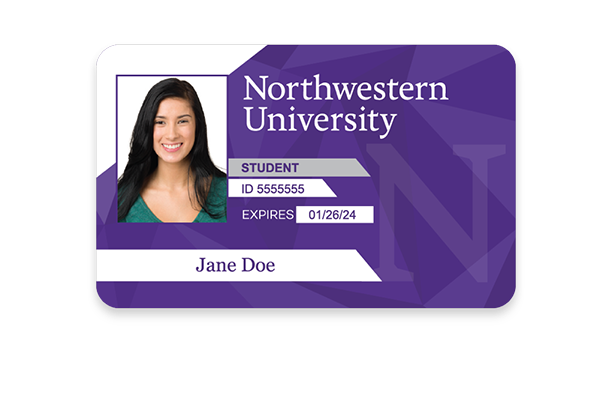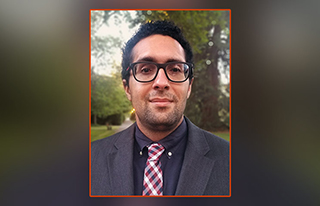
Special education requires special attention. This type of teaching uses specialized physical and supplementary aids within a classroom setting. This type of teaching aims to improve educational opportunities for students with special needs. Based on the specific circumstances, accommodations can include modifications to the curriculum or supplemental aids. These accommodations allow students with disabilities to participate in the classroom environment and meet their physical and emotional needs.
Students with learning difficulties
A learning disability refers to an inability or difficulty with performing certain tasks. Students with learning disabilities may need special education services to achieve their academic goals. The student must have a serious disability that prevents them from achieving the required standard of achievement at their grade level. Other factors, such as vision or hearing impairment, mental retardation or cultural differences, cannot be a cause of the disability.
Learning disabilities are relatively common among children, but are not equally distributed across racial groups. Despite the fact that learning disabilities are more prevalent in boys than in women, it is not due to gender bias. Boys are more likely than girls to be referred into special education due to their excessive activity, which can cause problems in academic performance.

Adapting a curriculum
Curriculum adaptation allows teachers to adapt their curriculum in a dynamic way that meets the needs of students with learning disabilities. This ensures every student has the chance to learn. Adaptations can involve changing the amount of items that a learner is required to complete, the length of time allotted for each lesson, and the amount of staff assistance needed. Sometimes, teachers will change the content or method of instruction, too.
The best curriculum adaptations are student-specific. To be able to adapt curriculum effectively, teachers must first assess each student's learning requirements.
Assistive Technology
Assistive technology can offer many benefits for learners with disabilities. These learners may be able to take leadership roles in their classrooms, engage in extracurricular activities, and build a sense of camaraderie with other students. It can also help these students to build relationships with educators and develop self-confidence.
Using assistive technology in a classroom is a vital part of special education teaching. Teachers must take into account the needs of students and assess their environment before deciding on technology. It does not suffice to choose the most technologically advanced or expensive device. They must consider the current skill levels of the student, changes to the environment, as well new technologies.

Finance issues
Schools and districts are facing serious financial problems because they lack funding for special education. This lack of funding not only impacts students with disabilities, but also teachers and itinerant service providers. Teachers and service workers have to be more resourceful to meet student needs if there is not enough funding. Administrators have to find funding elsewhere, including budget cuts or local levies.
Unfortunately, the funding model is not working. This funding model is neither fair nor equitable. In addition, it has proved difficult to keep teachers in the classroom. This lack of funding for special education schools has resulted in a high rate of turnover in classrooms, which hinders the growth of students. Teachers have spoken up to address the problem.
FAQ
What does it take for you to become a teacher at an early age?
First, you must decide if early childhood education is what you want to pursue. Then you will need your bachelor's degrees. Some states require that students earn a master’s degree.
You will likely also have to attend classes in the summer months. These courses include topics like pedagogy (the art and science of teaching) or curriculum development.
Many colleges offer associate degrees that lead directly to a teaching certificate.
While some schools offer certificates or bachelor's degrees in early childhood education, others only offer diplomas.
You may not require additional training if you are planning to teach at your own home.
What is early education for children?
Early Childhood Education refers to a field dedicated to helping children become happy, healthy adults. It covers everything, from teaching them to read to preparing them to go to kindergarten.
Early childhood education has the goal of helping children learn and grow by offering them age-appropriate experiences.
Early childhood educators are frequently called upon by parents to assess the developmental needs and abilities of any child they encounter. This helps to decide if a particular program would benefit each child.
Parents can interact with teachers and professionals who have had experience working with young kids through early childhood programs.
As parents, they play a vital role in early childhood education. They should be able and willing to help their children in any way they can.
Parents are also welcome to participate in activities to help their children learn skills they will use throughout their lives.
Sometimes, early childhood education is also called preschool education. However this term is interchangeable with daycare centers. Prekindergarten education typically begins around three years, while early childhood education generally starts at three.
What is the difference of a college and university?
A university is an academic institution that provides higher education. It offers various undergraduate and postgraduate degrees in different fields.
A college is typically smaller and less well-known than a university. It might offer fewer courses, but it will often have its own specialist areas.
What's the difference between college and school?
Schools are usually divided into classes (or grades), with a teacher who is responsible for teaching a specific class. Colleges are bigger organizations that offer more specialized courses and may include university-level courses. Colleges may focus more on business and science while schools will usually only teach basic subjects. Both levels have a curriculum that prepares students for higher education.
Statistics
- Globally, in 2008, around 89% of children aged six to twelve were enrolled in primary education, and this proportion was rising. (en.wikipedia.org)
- Think of the rhetorical power of nineteenth-century abolitionist Harriet Beecher Stowe, Martin Luther King, Jr., or Occupy Wall Street activists with their rallying cry of “we are the 99 percent.” (bostonreview.net)
- Among STEM majors, that number is 83.5 percent. (bostonreview.net)
- “Children of homeowners are 116% more likely to graduate from college than children of renters of the same age, race, and income. (habitatbroward.org)
- They are also 25% more likely to graduate from high school and have higher math and reading scores, with fewer behavioral problems,” according to research at the University of Tennessee. (habitatbroward.org)
External Links
How To
How do I enroll in homeschooling?
Homeschooling involves the teaching of subjects to children through a variety of methods including reading books, watching videos, exercising, and listening to music. Because students can learn at their own pace as well, homeschooling is one of most effective learning methods. It allows them to develop skills such a problem-solving, critical thought, self-discipline. communication, and social skills.
Many parents want to educate their kids at home. They can choose to homeschool, which allows them the freedom to devote their energy and time to their children's education, without worrying about who will take care of them while they are at work.
There are many benefits to homeschooling. These include the ability to think critically, creatively, expand their knowledge base and improve their language skills.
Homeschooling has one main goal: to give quality education to children in order to help them become successful adults. There are certain prerequisites that must be met before you start homeschooling. This includes determining whether your child qualifies to attend private or public schools. You should decide what type of curriculum you will use if you are going to homeschool. There are many kinds of curricula on the internet that you can choose depending on what your level of knowledge, budget, and preference is. Some of these include classical, Montessori, Waldorf, Reggio Emilia, Charlotte Mason, unschooling, natural learning, and others. Before you can start homeschooling, you need to ensure you have the necessary resources to support your child's learning. This involves purchasing books, educational material, computers, digital devices, toys, games and musical instruments. These items can either be bought online or at local stores.
After you have completed the previous steps, it is time to register yourself as an homeschooling parent. To do this, contact your state department or education for assistance. They will assist you with filling out forms and provide guidance on how to get started homeschooling.